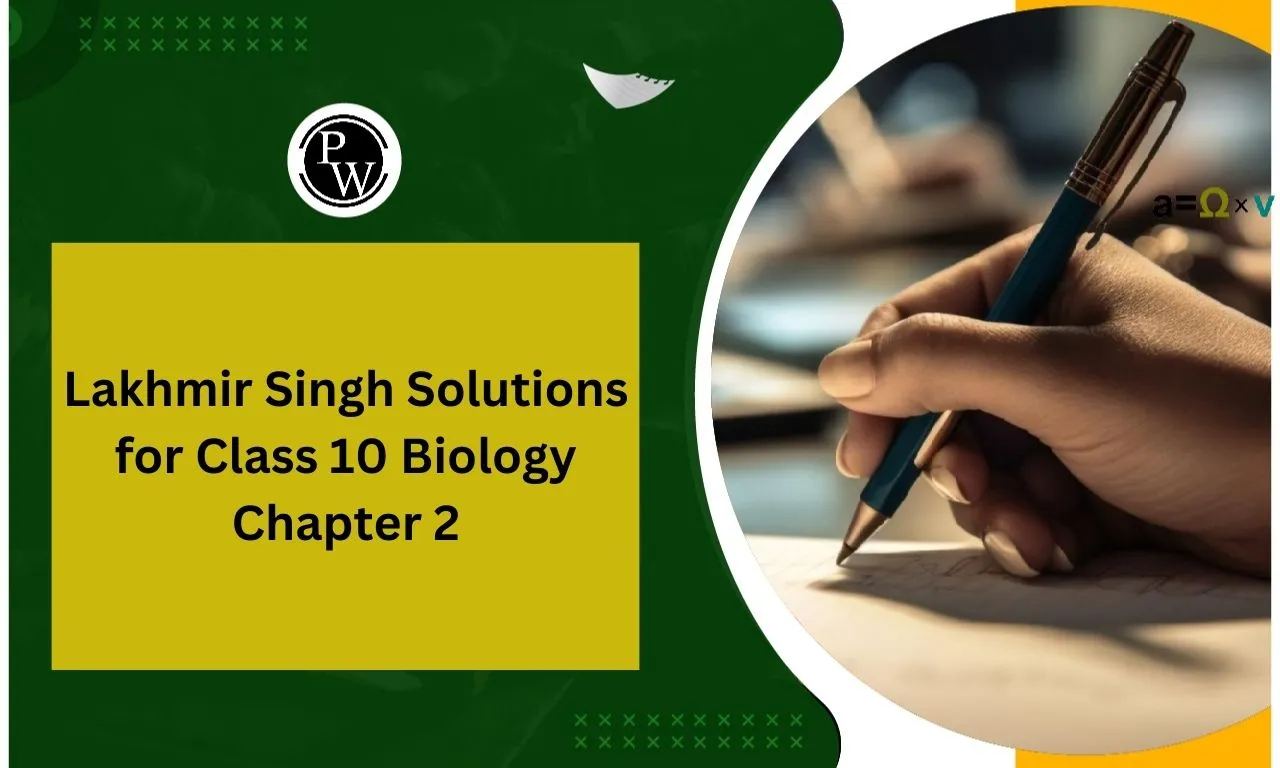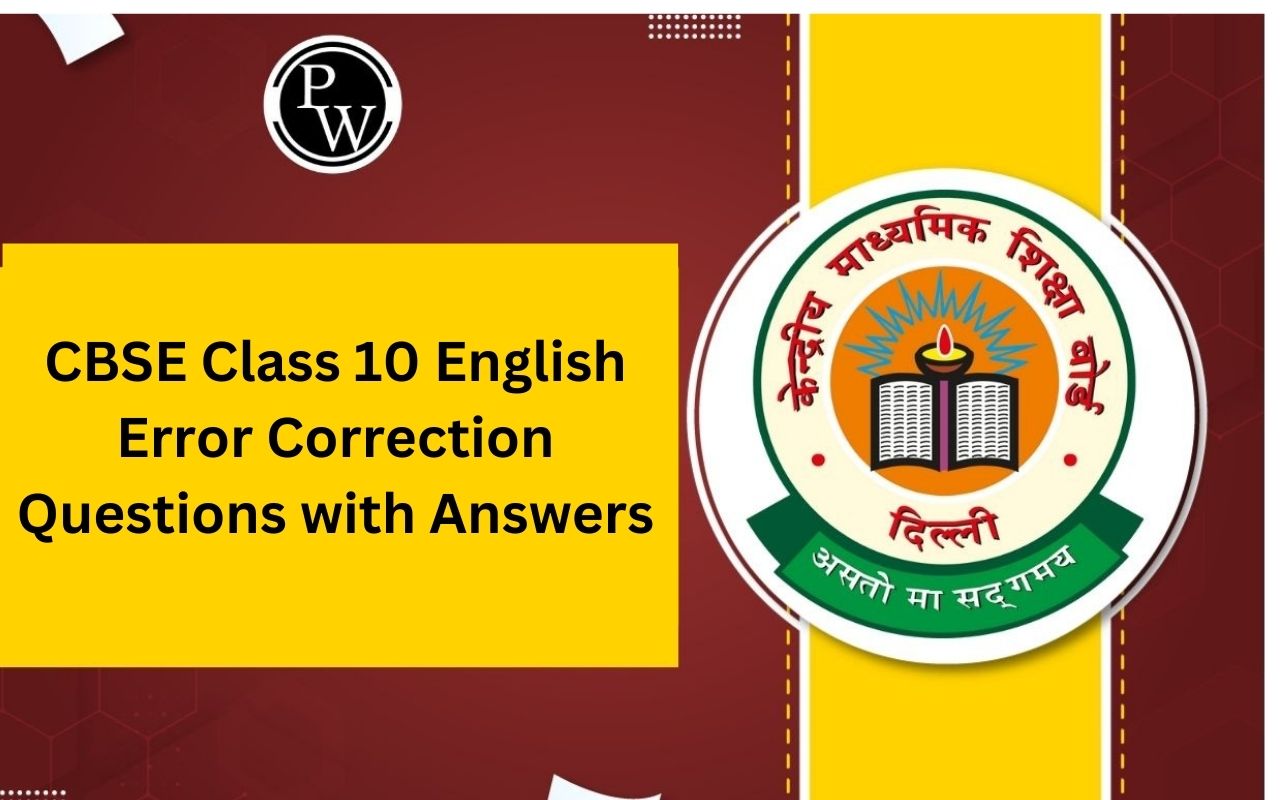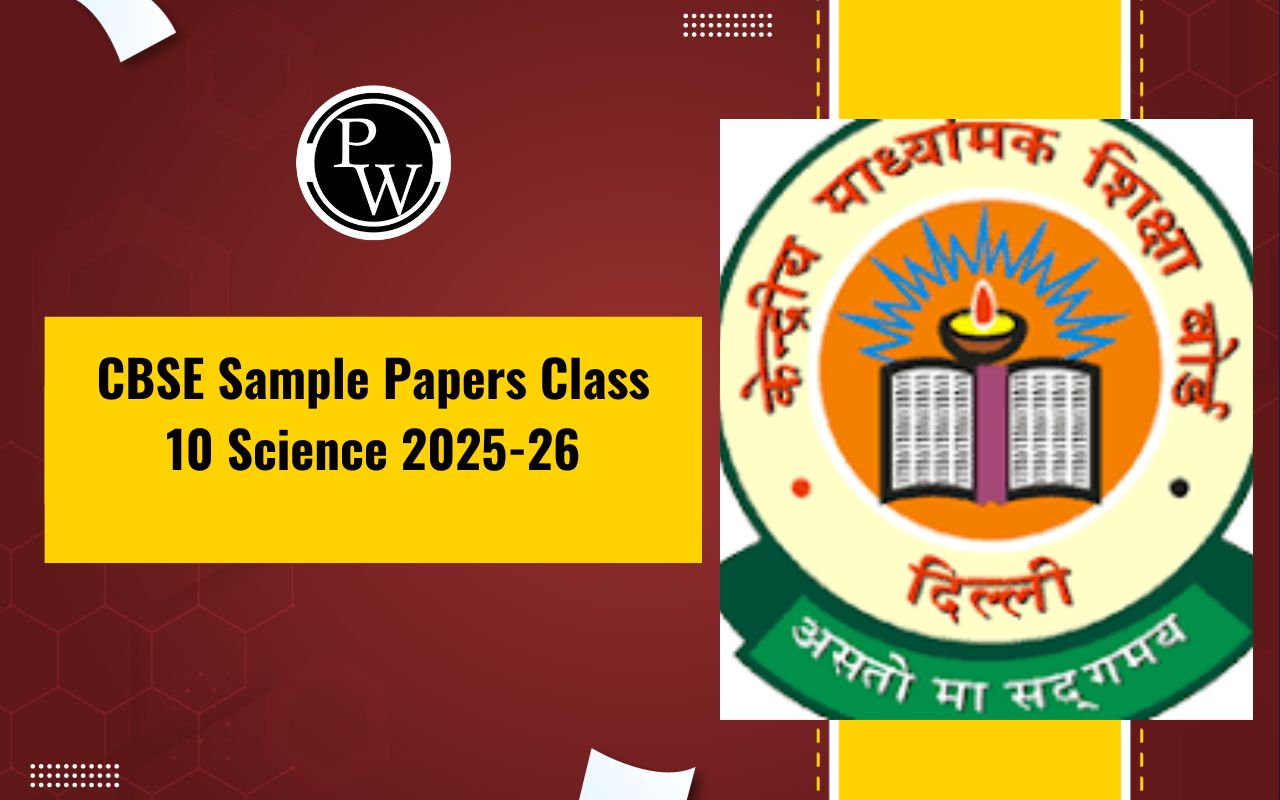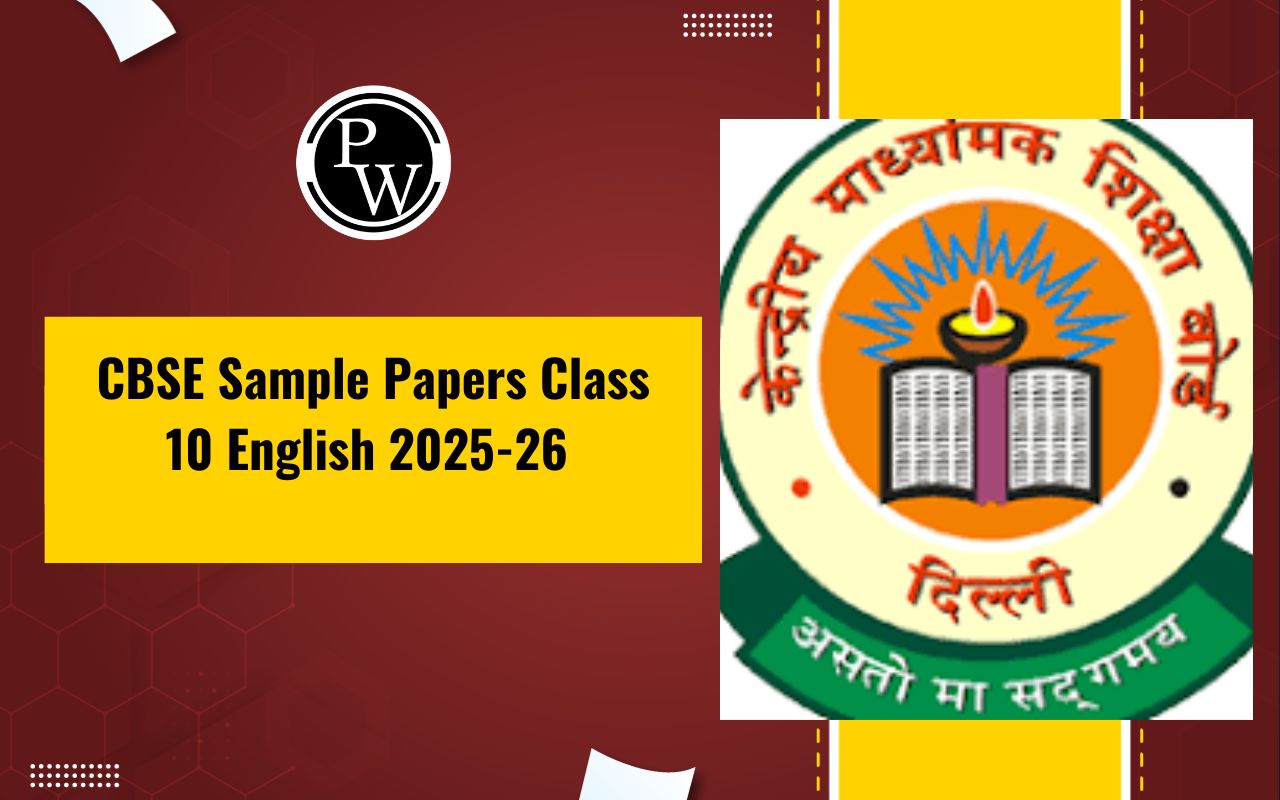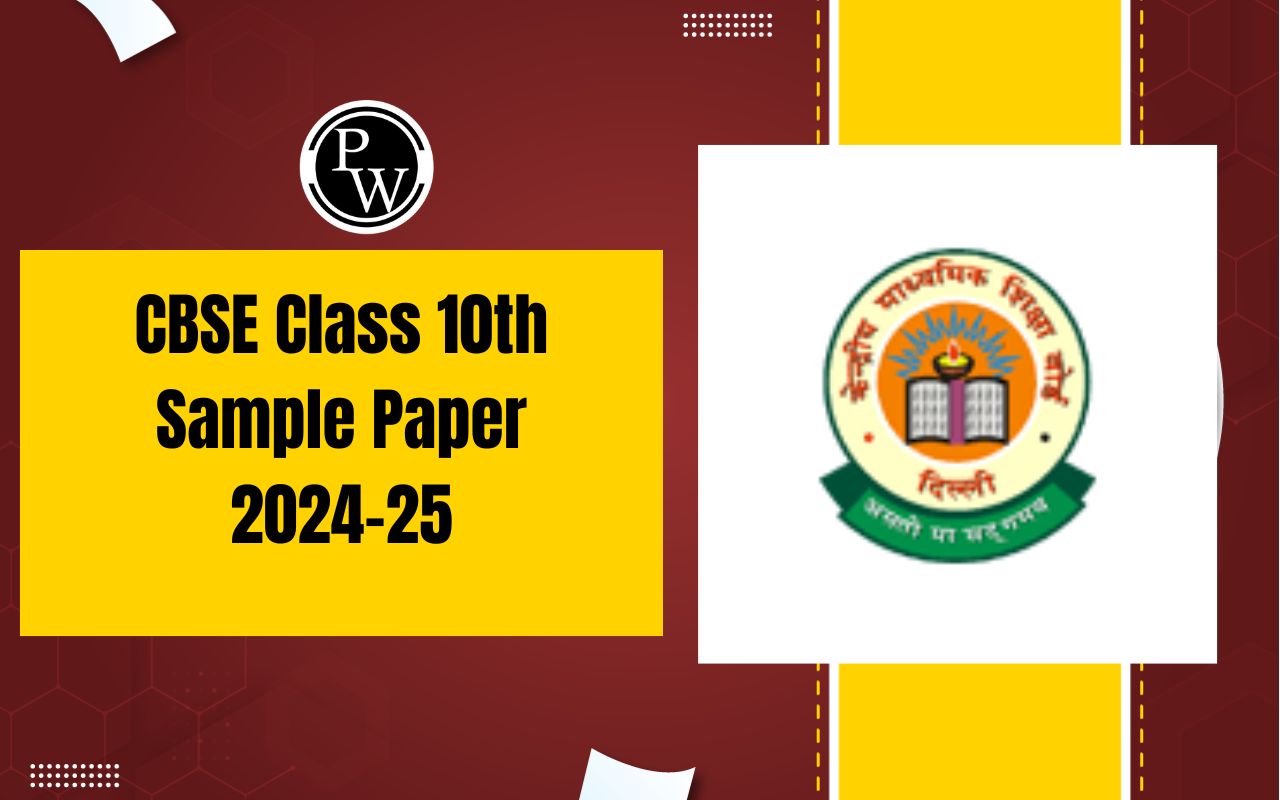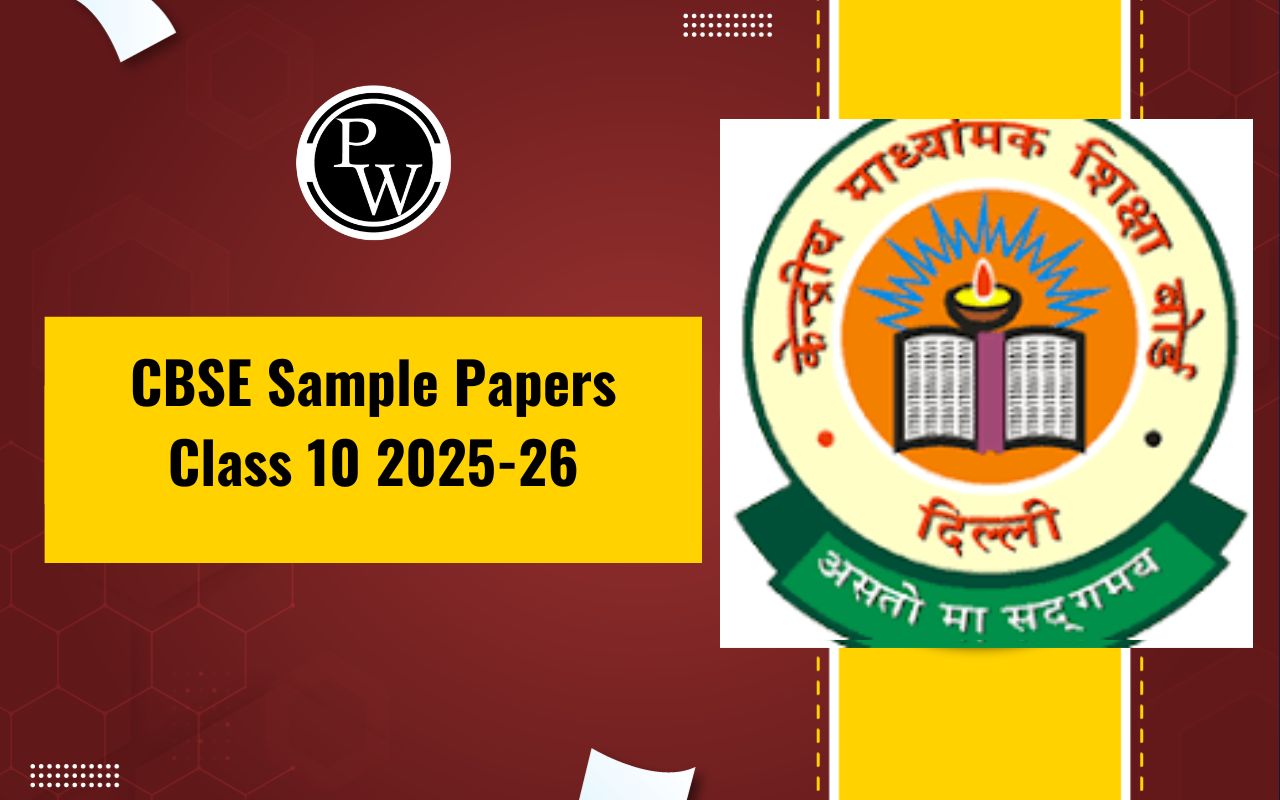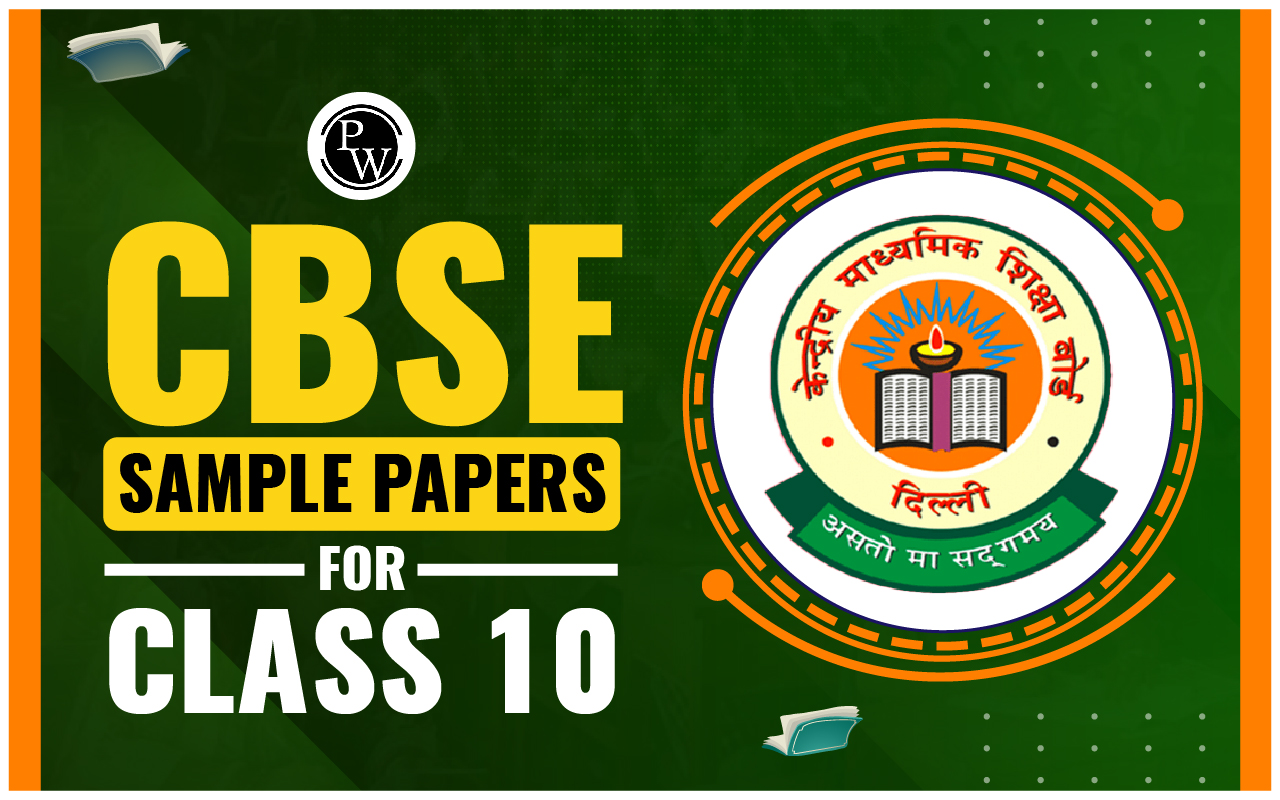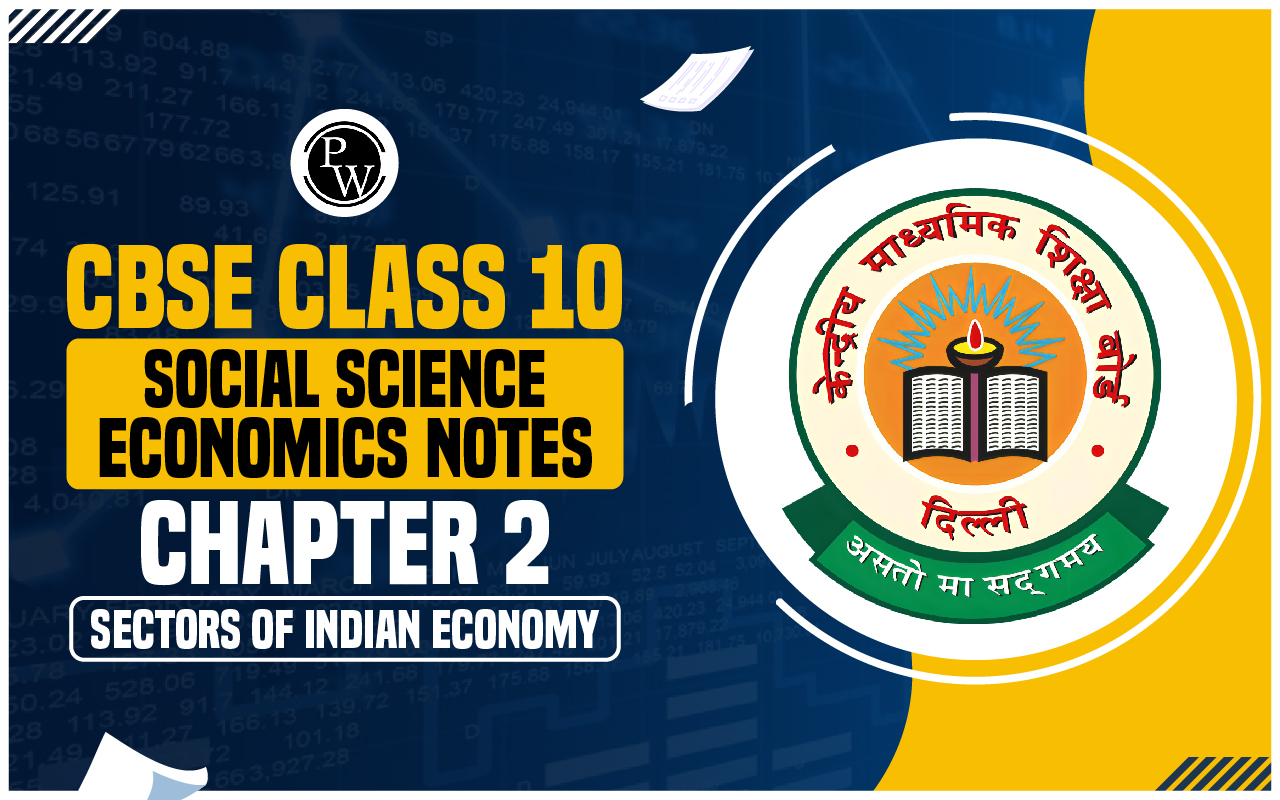
Lakhmir Singh Solutions for Class 10 Biology Chapter 2: Lakhmir Singh's Class 10 Biology Chapter 2: Control and Coordination explains how living organisms regulate and respond to their environment through the nervous and endocrine systems.
It covers the human nervous system, including the brain, spinal cord, and reflex actions, along with the role of hormones in plants and animals.
The chapter highlights the importance of coordination for survival, movement, and homeostasis. It also explains plant hormones and tropic movements.
Understanding these concepts helps students learn about body functions, diseases related to the nervous and endocrine systems, and their real-life applications in medicine and physiology.
Lakhmir Singh Solutions for Class 10 Biology Chapter 2 Overview
Lakhmir Singh's Class 10 Biology Chapter 2: Control and Coordination explains how organisms regulate and respond to stimuli through the nervous and endocrine systems.
It covers topics like the human brain, reflex actions, hormones, and plant movements. Understanding this chapter is crucial as it helps students learn how body functions are controlled, the role of hormones in growth and development, and the importance of coordination in daily life. These concepts are essential in medical sciences, neurobiology, and healthcare.
Lakhmir Singh Solutions for Class 10 Biology Chapter 2 PDF
Lakhmir Singh's Class 10 Biology Chapter 2: Control and Coordination covers the nervous system, endocrine system, reflex actions, and plant hormones, explaining how organisms respond to stimuli.
This chapter is essential for understanding body functions, movements, and hormonal control. To help students with their studies, we have provided a PDF below containing detailed solutions, including explanations and answers to all exercises for better learning and exam preparation.
Lakhmir Singh Solutions for Class 10 Biology Chapter 2 PDF
Lakhmir Singh Solutions for Class 10 Biology Chapter 2 Control and Coordination
1. What is the general name of chemical substances which bring about control and coordination in plants?
Answer
Plant hormones are the chemicals that give plants their ability to coordinate and regulate themselves.
2. Which plant hormone is responsible for the wilting and falling of leaves?
Answer
The plant hormone responsible for the wilting and falling of leaves is Abscisic acid
3. Which plant hormone makes a stem (or shoot) bend towards light?
Answer
The plant hormone which makes a stem (or shoot) bend towards light sources is Auxin.
4. Where is the auxin hormone made in a plant stem?
Answer
Auxin hormone is made in the cells of the tip of a plant stem.
5. What is the scientific name of sensitive plant?
Answer
Mimosa pudica is the scientific name of sensitive plant .
6. Name one plant hormone that promotes growth and another plant hormone which inhibits growth?
Answer
Auxin is a plant hormone that stimulates growth, while abscisic acid is a hormone that inhibits growth.
7. Name one example of the movement of a plant part which is very quick and can be observed easily.
Answer
Thigmonasty is characterised by rapid, easily observable plant movement, which is particularly common in sensitive plants. They droop and close their leaves when they come into contact with the plant's leaves.
8. Name the type of chemical substances that control the growth in plants.
Answer
Plant hormones are the chemical substances that control growth in plants. Auxin, gibberellins, cytokinins and abscisic acid are examples of plant hormones.
9. What is the stimulus in:
(a) Phototropism
(b) Geotropism
(c) Chemotropism
(d) Hydrotropism
(e) Thigmotropism?
Answer
The stimulus in
(a) Light
(b) Gravity
(c) Chemicals
(d) Water
(e) Touch
10. Give the scientific terms used to represent the following :
(a) Bending of a shoot towards light.
(b) Growing of roots towards the earth.
(c) Growth of a pollen tube towards ovule.
(d) Bending of roots towards water.
(e) Winding of tendril around a support.
Answer
(a) Phototropism
(b) Geotropism
(c) Chemotropism
(d) Hydrotropism
(e) Thigmotropism
11. Give one example of the movement of a plant part which is caused by the loss of water (or migration of water).
Answer
The shutting and drooping of leaves in a sensitive plant is the movement of a plant which is caused by the loss of water (or migration of water).
12. Give one example each of a plant part :
(a) Which is positively hydrotropic as well as positively geotropic.
(b) Which is positively phototropic but negatively geotropic.
Answer
(a) Roots
(b) Shoots
13. Which of the following is a growth movement and which is not?
(a) folding up of leaves of sensitive plant on touching with hand.
(b) folding up of petals of dandelion flower when light fades.
Answer
None of the given conditions are growth movements. They come under the category of nastic movements.
(a) Thigmonastic movement
(b) Photonastic movement.
14. Name the plant part:
(a) which bends in the direction of gravity but away from light
(b) which bends towards light but away from the force of gravity
Answer
(a) Roots (b) Shoots
15. To which directional stimuli do :
(a) roots respond?
(b) Shoots respond?
Answer
(a) Gravity
(b) Light
16. Fill in the following blanks:
(a) A plant’s response to light is called _______
(b) A plant’s response to gravity is called ________
(c) Plant shoot grows upward in response to ____________
(d) Plant roots grow downward in response to ___________
(e) Tendrils wind around a support in response to _________
(f) Plant roots grow towards ______ and in the direction of force of ___________
(g) A root of a plant grows downward. This is known as____________
(h) _______is the hormone that causes phototropism in plants
(i) The response of leaves to the sunlight is called ________
Answer
(a) A plant’s response to light is called phototropism.
(b) A plant’s response to gravity is called geotropism.
(c) Plant shoot grows upward in response to light.
(d) Plant roots grow downward in response to gravity.
(e) Tendrils wind around a support in response to touch.
(f) Plant roots grow downwards and in the direction of the force of gravity.
(g) The root of a plant grows downward. This is known as geotropism.
(h) Auxin is the hormone that causes phototropism in plants.
(i) The response of leaves to sunlight is called phototropism.
17. Plant parts show two types of movements, one dependent on growth and other independent of growth. Give one example of the movement in plant parts:
(a) which depends on growth
(b) which does not depend on growth
Answer
(a) Phototropism. The growth of plant stem in response to sunlight.
(b) Thigmonasty. The non-directional movement of plant part, such as leaves, in response to touch.
18. What is a plant hormone? Name four plant hormones. State one function of each.
Answer
Hormones are the chemicals responsible for the function of control and coordination in plants are called plant hormones.
The four plant hormones and their functions are as follows:
1) Auxin: Helps in enlargement and differentiation of cells.
2) Gibberellins: It breaks the dormancy in seeds and buds.
3) Cytokinins: Helps in functioning of cell division.
4) Abscisic acid: Helps in closing the stomatal pores.
19. (a) What does a root do in response to gravity? What is this phenomenon known as?
(b) What does a stem (or shoot) do in response to light? What is this phenomenon known as?
Answer
(a) In response to gravity the roots of a plant grow downwards. This phenomenon is known as geotropism.
(b) In response to light the stem grows upwards. This phenomenon is known as phototropism.
20. (a) What does a stem (or shoot) do in response to gravity? What is this phenomenon known as?
(b) What does a root do in response to light? What is this phenomenon known as?
Answer
(a) The stem always rises and moves away from the gravitational attraction in reaction to gravity. We call this phenomenon negative geotropism.
(a) The root always grows away from the light and downward in response to it. We call this phenomena negative phototropism.
21. (a) What does a Mimosa pudica plant do in response to touch? What is this phenomenon known as?
(b) What happens to the dandelion flower (i) during daytime, and (ii) at night? What is this phenomenon known as?
Answer
(a) Mimosa pudica (Touch me not) folds its leaves and droops when touched. This phenomenon is known as thigmonasty.
(b)(i) opens up during the day. (ii) It closes in the night.
This phenomenon is known as photonasty.
22. (a) What does a plant root do in response to water? What is this phenomenon known as?
(b) What happens to the moonflower (i) during daytime, and (ii) at night? What is this phenomenon known as?
Answer
(a) The plant’s root moves towards water. This phenomenon is known as positive hydrotropism.
(b) (i) Closes during the day. (ii) Opens during the night.
This phenomenon is known as photonasty.
23. What is a tendril? Name the two types of tendrils. What does a tendril do in response to the touch of support? What is this phenomenon known as?
Answer
Tendrils are the thin, thread-like growths found on a climbing plant's stems or leaves. There are two kinds of tendrils: stem tendrils and leaf tendrils.
Thigmotropism is the term for the phenomenon.
24. Name the five types of tropisms. How are tropic movements helpful to plants? Explain with an example.
Answer
Phototropism, geotropism, hydrotropism, chemotropism, and thigmotropism are the five categories of tropism. Plant growth benefits from tropic motions.
Phototropism: When plants get sunshine, their stems grow in its direction. Additionally, the plants face the sun with their leaves. This makes it feasible for their leaves to receive the maximum amount of sunlight needed for photosynthesis.
Question 25:
25. Define chemotropism. Give one example of chemotropism. State whether this example is of positive chemotropism or negative chemotropism.
Answer
Chemotropism is the process by which plant components grow in response to chemical stimuli.
Chemotropism is exemplified by the development of a pollen tube towards the ovule in response to a sugary stimulus. The pollen tube's growth in the direction of the stimulus is an illustration of positive chemotropism.
Benefits of Using Lakhmir Singh Solutions for Class 10 Biology Chapter 2
-
Comprehensive Explanations – The solutions provide clear, step-by-step explanations, making it easier to understand complex biological processes.
-
Exam-Oriented Approach – Answers are structured according to CBSE exam patterns, helping students prepare effectively.
-
Simplified Language – Concepts are explained in simple terms, making learning more accessible for students of all levels.
-
Concept Clarity – Diagrams, examples, and explanations enhance conceptual understanding of digestion and nutrition.
-
Time-Saving – Well-structured answers help in quick revision and better retention.
-
Better Problem-Solving Skills – Helps students practice important questions and improve their analytical skills.
Lakhmir Singh Solutions for Class 10 Biology Chapter 2 FAQs
What is control and coordination in living organisms?
Which systems are responsible for control and coordination in humans?
What is a neuron?

